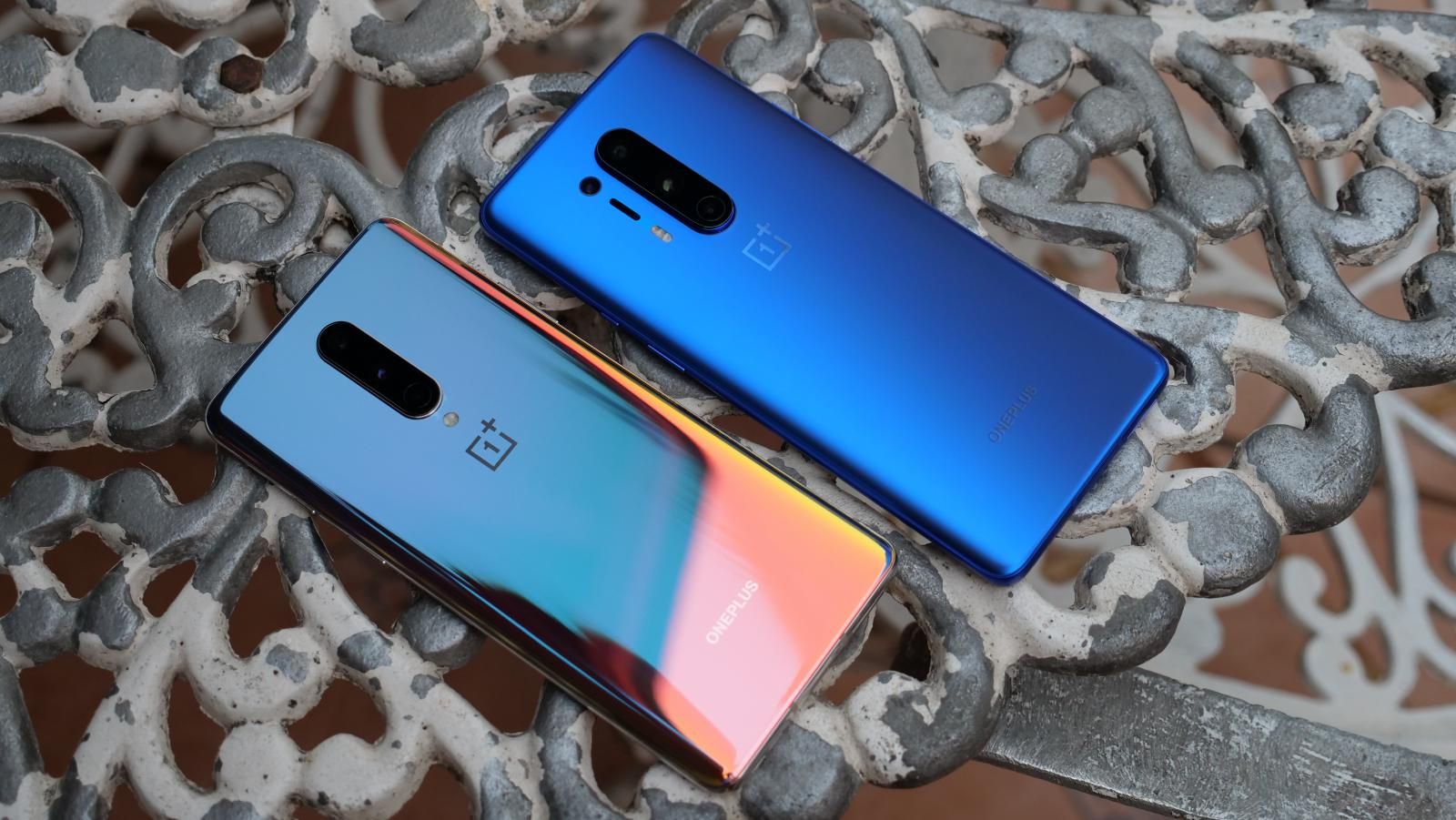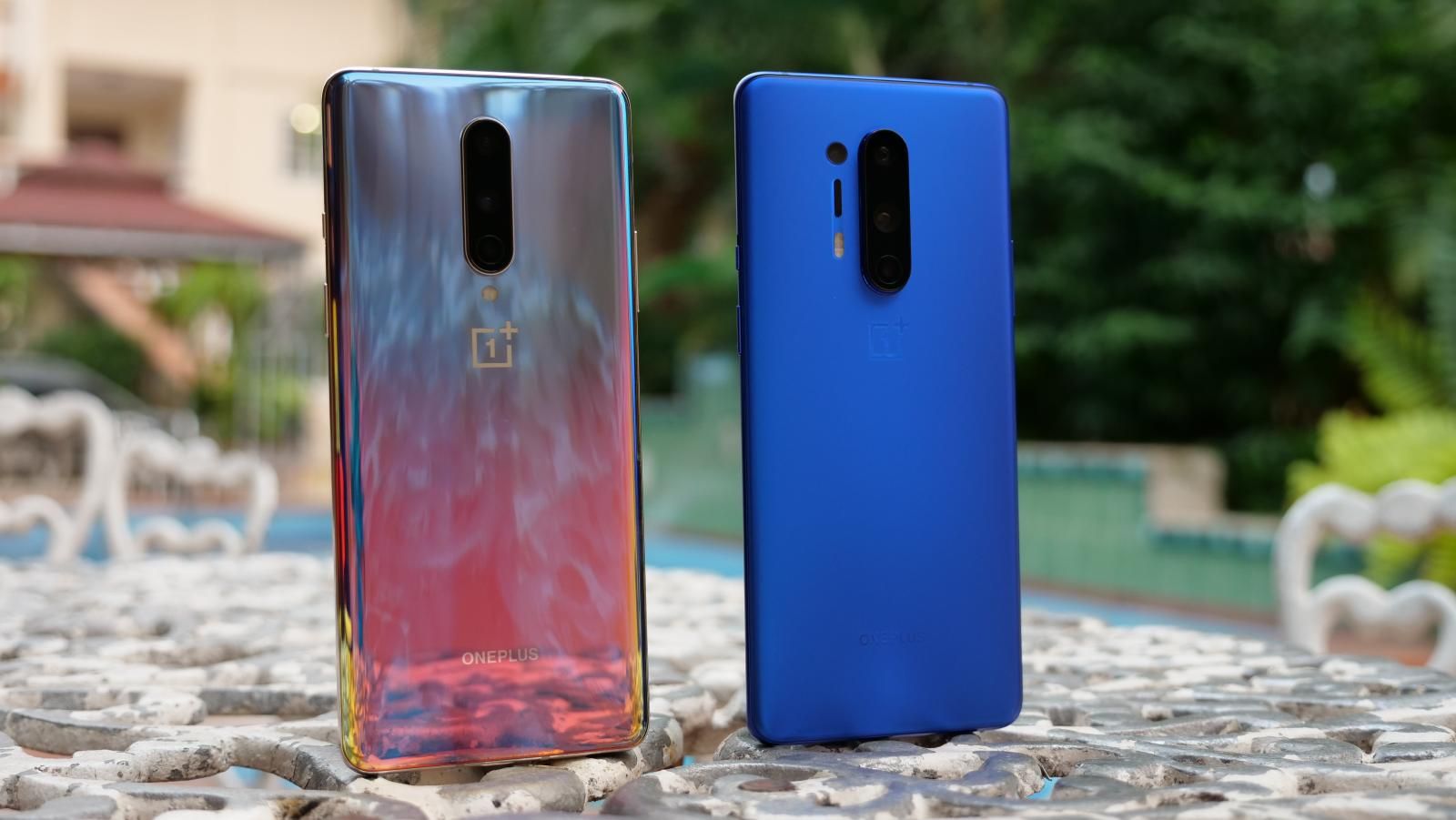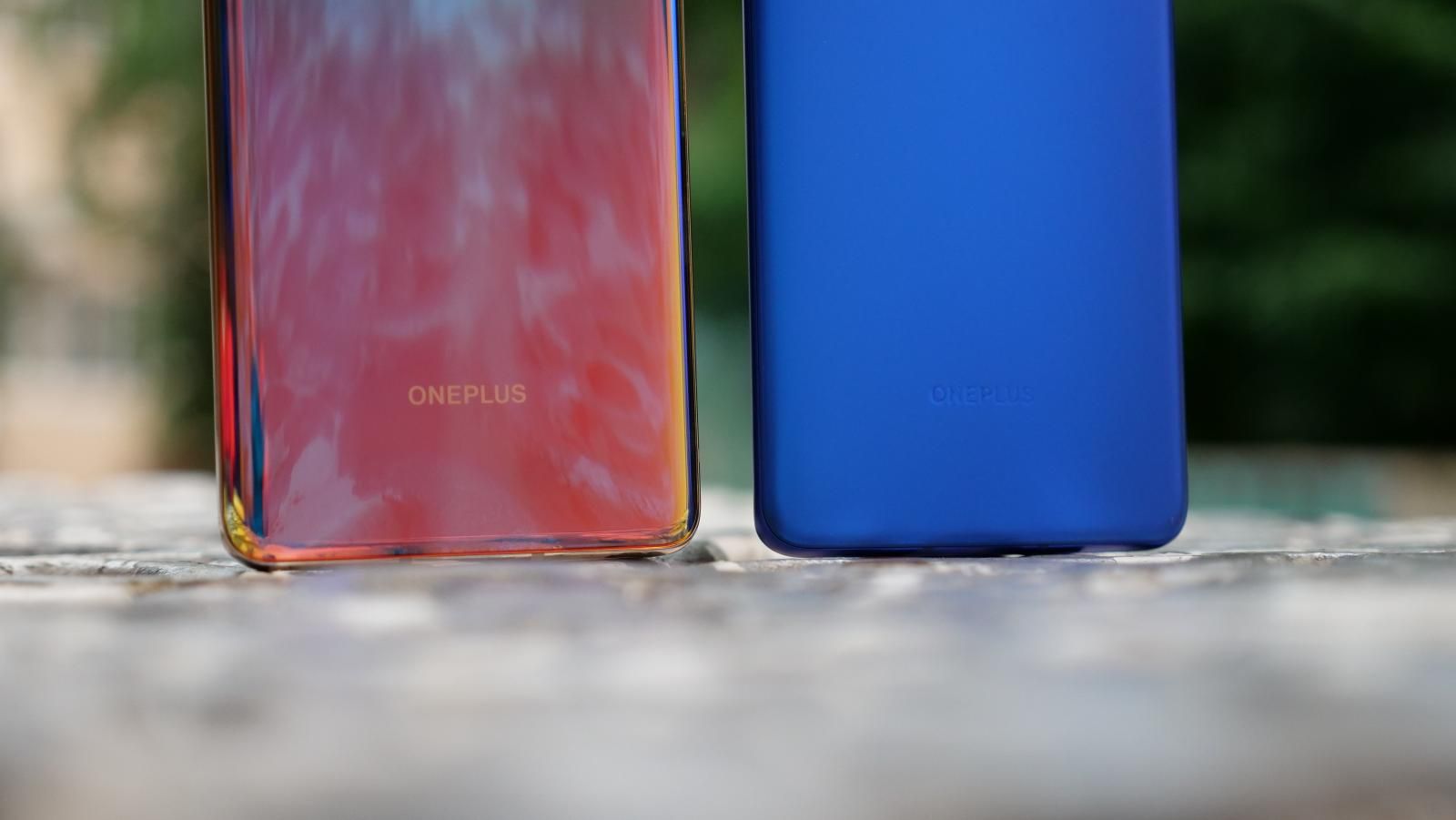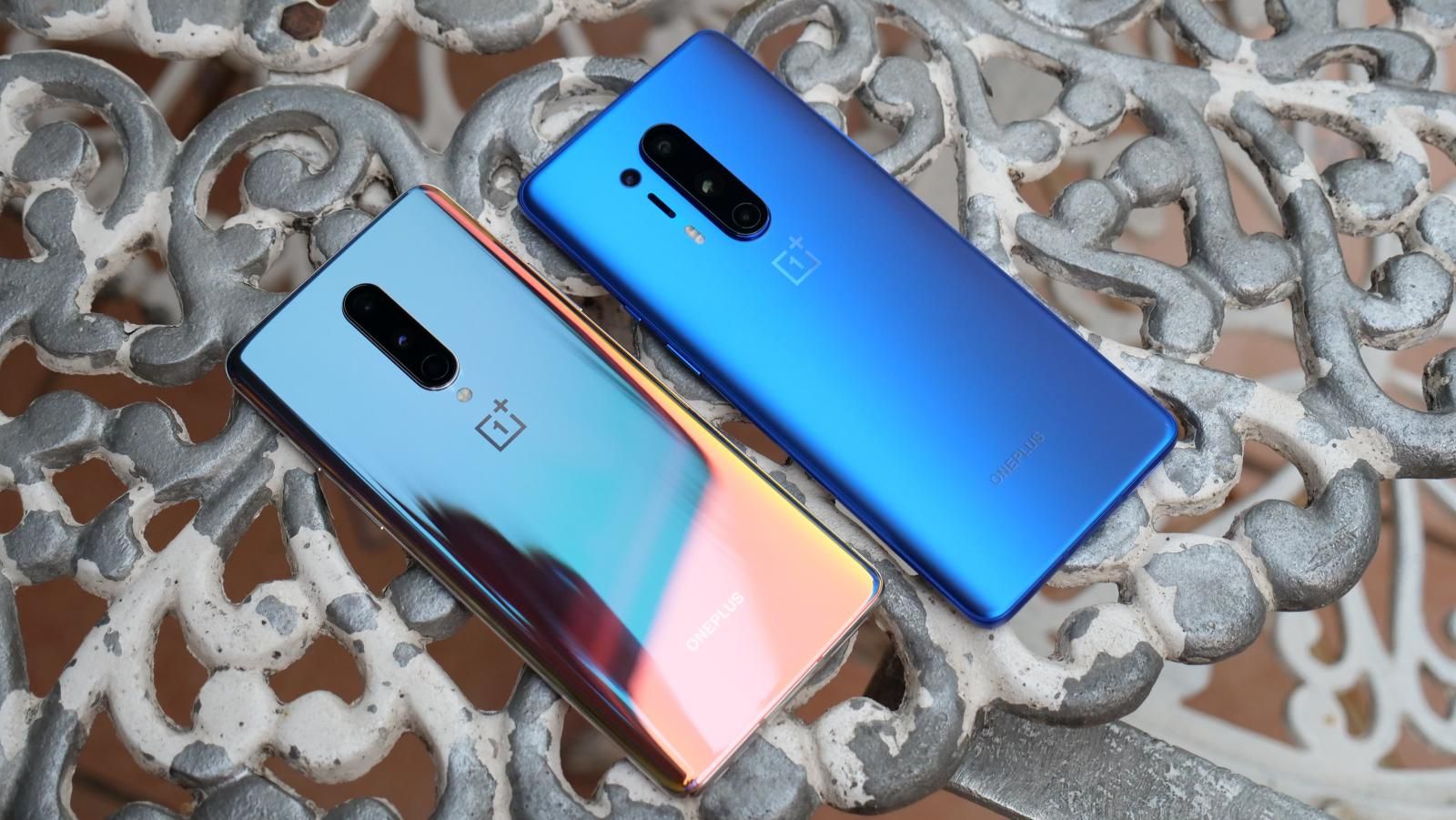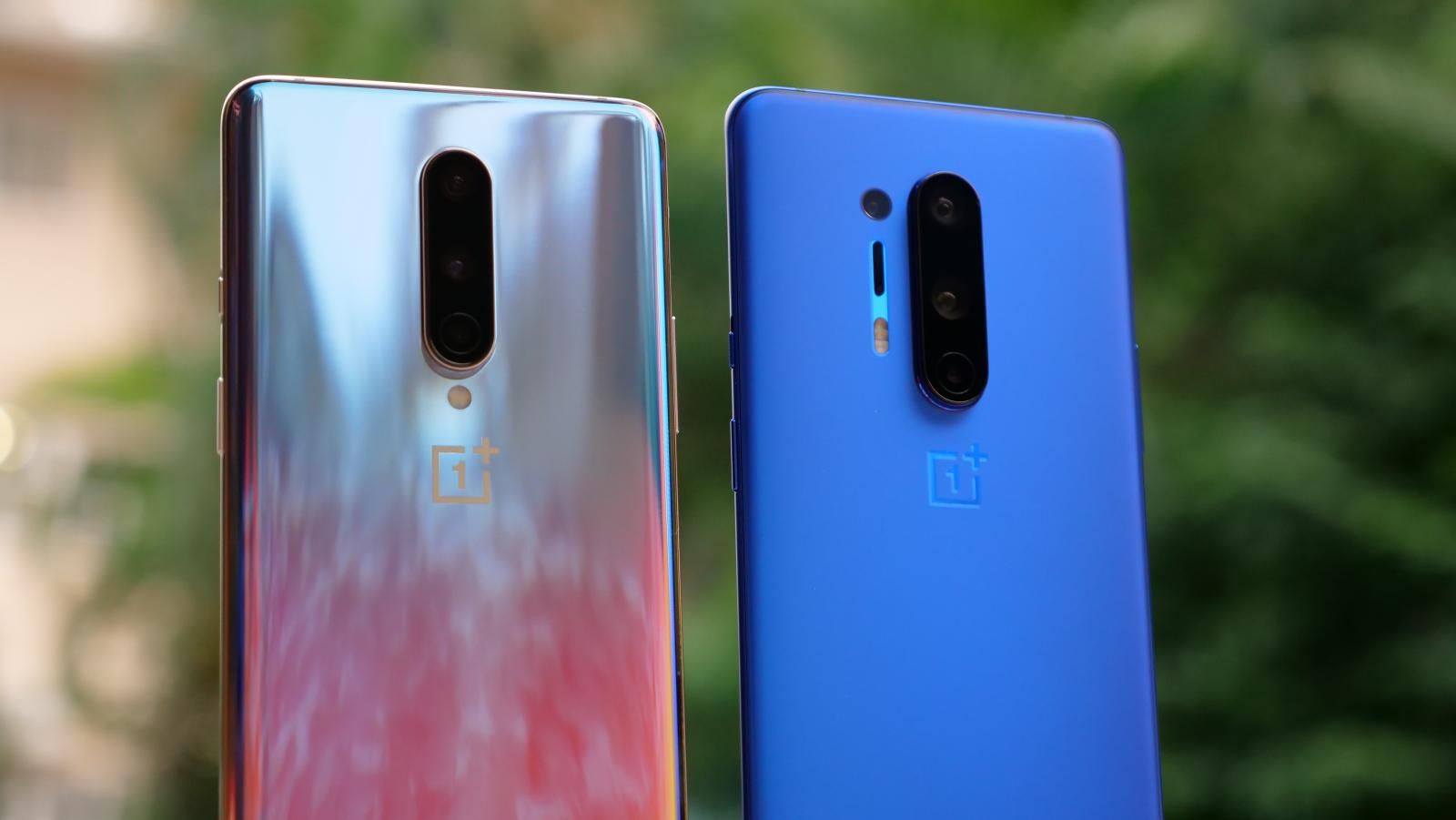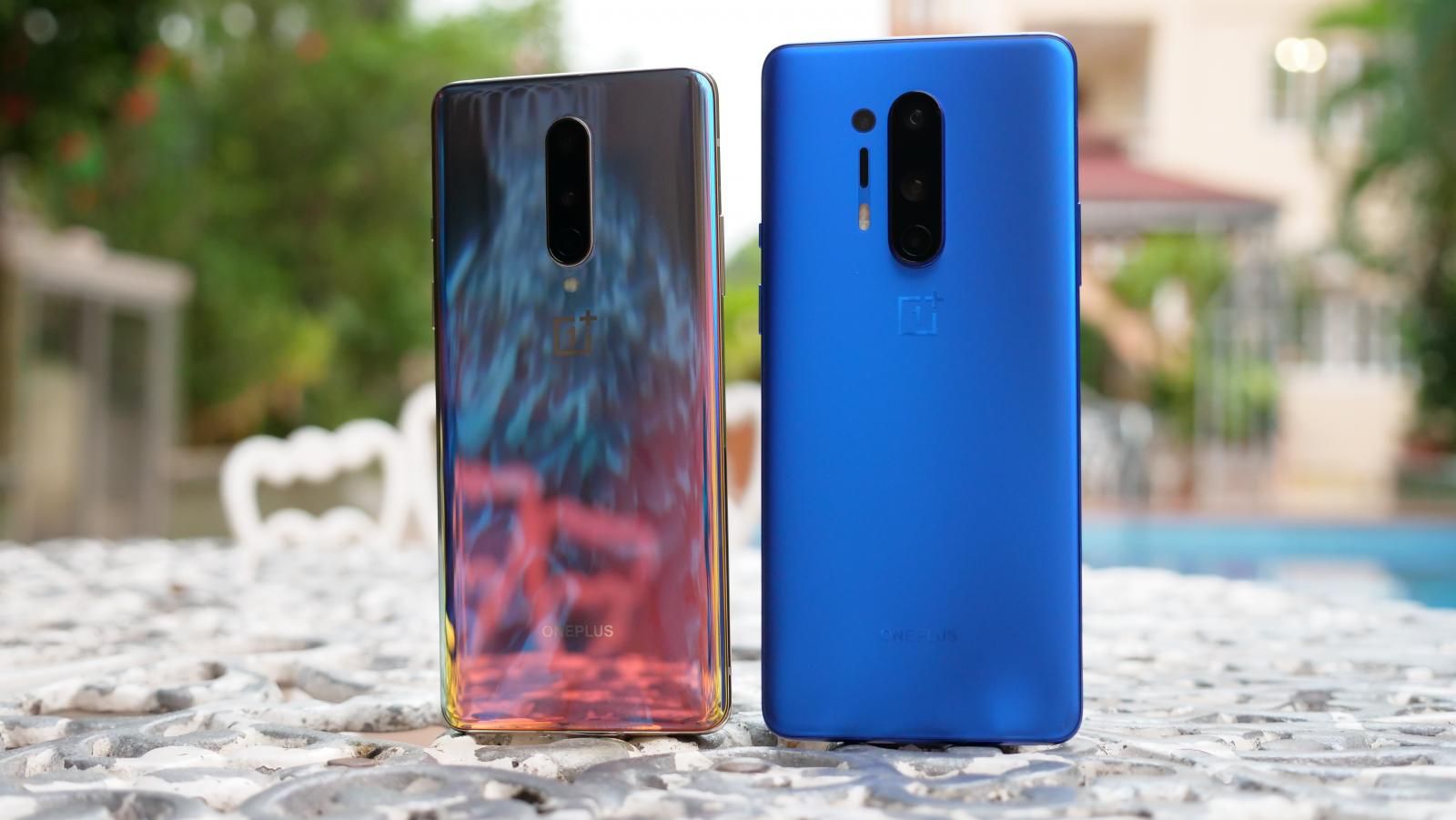It’s been nearly six years since a completely unknown company used a slogan – NEVER SETTLE, and their premise was simple: A good balance between some of the most powerful specs of the time, at a price that would hard to resist.
The OnePlus One was such a phenomenon that the only way you could buy one was if you got an invite, and that story remained for the years that followed. This was such a market disruption that by the time the company landed its first US carrier deal in 2018, the brand was already well established; people just flocked to T-Mobile stores to buy the 6T.
But then came 2019 with a bit of experimentation where the company launched two OnePlus 7s in Spring, but relegated the US to only the more expensive Pro, which regardless of its premium approach on a budget, was still quite the leap in price from the more aggressive 6T. It almost feels like if the swap in strategies with the 7T in the fall was a necessary return to the company’s roots.
For 2020, the whole regional approach is gone, and the strategy now is to give users a choice between a budget flagship, and a more premium solution for those who want more. Meet the OnePlus 8 series, what the company meant with “Lead with speed”, and probably the most fascinating approaches the company has had yet.
See, rarely have I ever made a comparison between lineups, but the hidden differences between these phones are so substantial that I feel the most important question to answer is which of these should you get? This is OnePlus 8 Pro vs OnePlus 8 comparison.
I think the most important thing to consider is that this is not the OnePlus 8 and OnePlus 8 Plus. It’s not a simple play of a smaller and larger variant of the same phone. Instead it seems that the company’s approach is to serve two different customers. The OnePlus 8 follows more on the company’s original strategy of providing a good balance between price and specs, while the 8 Pro is that vanguard device that’s meant to remove all the buts we usually have in every review.
Hardware
Visually you wouldn’t get that impression, though. If I were to stack both phones side by side, the only key differentiators are the extra camera elements, because even the size differences are meager. The 8 Pro is barely 5mm taller, 2mm wider, and around half a mm thicker, though you will notice the added 19 grams.
Materials are the same with 3D corning gorilla glass and aluminum, and if Onyx Black or Glacial Green is your favorite color, it’s available on both. Here we have their unique iterations which are Ultramarine Blue on the 8 Pro and Interstellar Glow on the 8. Visually it’s hard to look past how beautiful this compact disk glow looks on the 8, but that’s until you touch it and get it dirty. The 8 Pro on the other hand is so matte, that it’s right up there with Pixel 4 at not allowing any fingerprints or smudges to be visible.
I feel both devices pay more of an homage to the Galaxy S10 in how it was boxier and lighter than its predecessor, eve if neither of these devices has a headphone jack. Both have a protruding camera hump, the accents on the speaker grills are pretty much identical, and that 3-way mute slider that we love is also here.
Once you pop the hood you start noticing differences. Both are powered by the same Qualcomm Snapdragon 865, but even if the RAM and Storage are the same amount, the speeds are different, with the 8 Pro sporting faster standards. The 8 Pro is IP68 – Finally! While the 8 remains splash proof with no certification. Both support Wi-Fi 6 and Bluetooth 5.1, and the battery is also slightly larger on the 8 Pro, but then things get interesting.
Both devices are capable of Warp Charge 30T which comes in the box, but the 8 Pro now finally supports Warp Charge 30 wireless charging. That means that if you buy the separate accessory, you can charge at up to 30 Watts, or at regular speeds with a standard Qi pad, or use your 8 Pro to charge another phone, as reverse wireless charging is also supported.
And then the 5G story gets even more interesting, as both the 8 Pro and the 8 offer sub-6 powered by the same Snapdragon X55 moden, which will work on any carrier that supports it in the US. There’s also the good news that both T-Mobile and Verizon are now carrier partners for OnePlus, but there’s a tiny little catch. See, both carriers are only selling the OnePlus 8, which means that only if you get the Verizon variant of the 8, will you find some mmWave love. Those of you buying the 8 Pro on Amazon or OnePlus.com will only find it on sub-6 flavors. I know, confusing.
Last but not least, let’s talk displays. I mean they’re both curved and look similar, but their specifications are not. The OnePlus 8 Pro naturally has a larger 6.78-inch panel vs 6.55, even if the 8 has a slightly taller aspect ratio. Both are of Fluid AMOLED technology with support for the P3 color gamut and HDR10+, but the 8 is limited to full HD+ vs Quad HD+ on the 8 Pro, at full resolution the 8 only does 90hz refresh rate vs 120hz on the 8 Pro along with 240hz touch sampling, and then the 8 Pro has some extra tricks like a 10-bit display that allows HDR boost, and a new MEMC chip that makes even this 24fps video look smoother, sort of like what you see on most high-end TVs today. (audio sample OnePlus 8) Dual firing speakers are standard on both devices though. (audio sample OnePlus 8 Pro)
So far, as expected, the 8 pro wins, but notice that not by a significant margin.
Software
The software experience is in no way even something to compare as there really isn’t any difference. This is Oxygen OS 10.5.2 on top of Android 10, and if you were a fan of it before, it only keeps getting better.
For one, the most important change for me, behold the Google Feed at the left. Like sorry OnePlus, I know your idea of the Shelf was cool and all, but the feed is more complete, and now you don’t need a T-Mobile variant for it. The company also claims lots of optimizations, butt it’s not like if previous iterations were sluggish in order for anyone to notice a difference.
Second, along with other recent Oxygen OS updates to legacy devices, you can now set notifications to only show content if your face is detected.
Second, along with other recent Oxygen OS updates to legacy devices, you can now set notifications to only show content if your face is detected.
We have a new Dark Theme 2.0 which now brings the its dark mode support to more apps, but notice this is a Theme and not a mode, so you sadly can’t enable it with sunrise or sunset yet. Regardless I do praise all the flexibility in how you can skin this user interface, with the Vibrant Tints being my favorite. We also have some more dynamic wallpapers for those looking to add more color. You can set the color tone based on the temperature.
In absolutely everything else, it remains as snappy as before, and that’s for either device that you pick. Favorites like Zen Mode and Reading mode are here, and even if you were to use either of these phones for gaming, I can’t tell you that one performs better than the other by a significant margin.
Experience
Sadly given the need to stay at home in these weird times, I haven’t been able to test either of these phones on 5G. What I will tell you is that each performs like a champ on LTE, phone calls sound just as crisp on either of them, and even if I’m battling with horrendous temperatures in Latin America, I can’t really say that heating has been much of an issue.
It’s also why I feel that battery life is honestly comparable. I get the sense that it’s as if each device has the same target of lasting more than a day, and there’s enough juice to allow it on each, because this is not the case of battery life being better on the larger phone. I’ve tested both separately and have been able to get through the day just fine.
Even features like the fingerprint scanner or face to unlock, you won’t really be able to tell much of a difference.
Camera
Really the tie breaker is the camera, and this is where I’m gonna say that I’m a bit shocked. I really wasn’t expecting there to be much of a difference, but I was wrong. The variations between them are significant and it starts with the spec sheet.
Both phones have a 48 megapixel primary camera, but the micron size is dramatically different, allowing the 8 Pro to suck in more light while Pixel binning. Then the 8 Pro brings another 48 megapixel camera on the ultra-wide, which reportedly matches close to the primary on the 8, while the later has a 16 megapixel shooter. And then the 8 Pro offers an 8 megapixel telephoto, which the 8 lacks in favor of a digital crop of the primary sensor. The fourth camera on 8 Pro is a color filter sensor, while the 8’s third lens is a 2 megapixel macro, which the 8 pro achieves through a built-in motor. Both have phase detection autofocus, while only the 8 Pro includes laser assistance, and both devices then have identical 16 megapixel selfie cameras.
Now during the day you won’t be able to tell much of a difference. You’ll probably notice a slight improvement in dynamic range on the 8 Pro, but its pretty much nit picking. Colors are not necessarily uniform across all focal lengths, but I do value having the versatility of different ways to capture the same shot. The 8 Pro has the advantage of producing fairly usable photos up to 10X zoom, and with a 30X limit for stalker unusable photos. The 8 on the other hand goes as far as 10, though those pics are useless, even if I do prefer it’s default 2X zoom from the digital crop when you zoom in. I’m also gonna say that the 8 Pro can produce far more reliable macro photos, where I don’t know what the 8 is doing with this 2 megapixel shooter.
Low light is where things get interesting. For those complaining about how bad OnePlus phones were, well the 8 Pro should be your phone, while the 8 is better than last year’s phones, but not by much. The 8 Pro for example is able to pull out significantly more light and less grain from the ultra-wide, while the 8 favors a darker photo that more depicts what the eye is seeing at the moment. Not saying it’s bad, but I don’t see how this is any better than photos from the Ultra-wide without nightscape.
Portraits now have the advantage of supporting a wider and tighter crop, with the later providing a more natural result. I actually feel the 8 Pro produces portraits that look just too fake, while the 8 gives you shots that are more true to life. Selfies on the other hand are identical since the hardware is the same, meaning their good enough even if some struggle with borders.
And as for video well, the 8 Pro wins. Capabilities are the same and both devices even include a CINE aspect ratio, but the 8 Pro provides far more detail and less warping as you walk, even if stabilization is comparable. I like that we can now switch focal lengths while filming, something its predecessors couldn’t do but even here the 8 Pro handles color and detail far better, along with stabilization, while the 8 tries, but doesn’t really deliver.
My only bummer situation even with this 8 Pro is selfie video, which should not remain at 1080p in 2020. The phone has enough megapixels, and it’s been two years since the feature reached the market. Obviously the 8 provides the same results, but that’s acceptable for a device that doesn’t claim to be for pros.
Conclusion
To conclude, let’s round the numbers up. The OnePlus 8 Pro naturally owns the hardware, I mean it was built to, and then the software experience is a complete tie, which is no surprise at all. The experience using them is really not that much different, and really the only tie breaker that separates the Pro from the standard is the camera.
It’s as if the message that OnePlus is sending to consumers is that if you want the legacy OnePlus experience, where the camera is just good enough, then you stick to the OnePlus 8. If you actually want a OnePlus device with a camera that’s comparable to other flagships, you need the OnePlus 8 Pro, and even there the 8 Pro isn’t necessarily pressing all the buttons that matter to some of us.
The last piece of the puzzle left is really the price, and this where things get interesting. See, the OnePlus 8 starts at $699, and the OnePlus 8 Pro starts at $899. If I had to pick one, my choice would be the complete opposite from last year where I preferred the 7T over the 7T Pro. Those phones looked different while performing the same, while this year, the story is different. This time I do feel that I’m getting $200 more of a phone with the OnePlus 8 Pro, and where the camera enhancements alone are enough to throw in the extra cash over the regular 8.

